Contributed by Tim Faillo, Global Program Manager – Factory Automation, Parker Hannifin
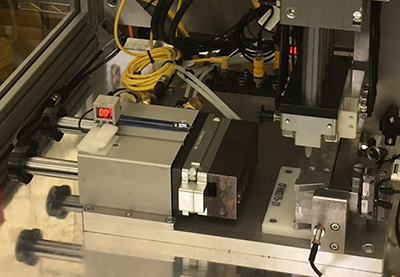
Modern factories have come to rely on industrial networks to make their sensors and actuators “smarter.” The use of smart sensors, such as Continuous Position Sensors (CPSs), offers a route toward realizing smart motion control in pneumatic systems. These intelligent devices offer more advanced, effective and efficient factory automation. Soon, two-way data flow will make true Industry 4.0 environments possible in the factories of the future.
Processors, communications protocols and the latest smart sensors represent the three principal building blocks of “smart pneumatics.” These sensors are being developed to provide continuous data in factory environments that may be subject to challenging or harsh operating conditions.
Smart factories
Many manufacturers have unique perspectives on what a “smart factory” is and what it can offer. Nevertheless, one common theme is that embedded components should have greater intelligence to support machine-to-machine communication and response. These ideas eventually filter down into more practical factors, such as system architectures and how the growing variety of new sensors will transfer information via the network.

To what continuous position sensing can offer, it is best to consider first how these sensors function. CPSs use contactless technology to continuously detect the linear position of a piston in its cylinder. The data communicated by the sensor allows monitoring and control when information flows in both directions and actuators are employed. This functionality makes it possible to transform “dumb” pneumatically actuated processes into intelligent ones, which makes positional data available that can enhance monitoring and control. This ability quickly highlights any issues with the potential to cause downtime or a productivity loss. Smart sensors can acquire information and communicate with upper-level controllers and local networks. Most important, the fast, precise and high-resolution sensing of the piston magnet is achieved with no need for separate position encoders or additional mechanics, thereby minimizing implementation costs.
Easy mounting
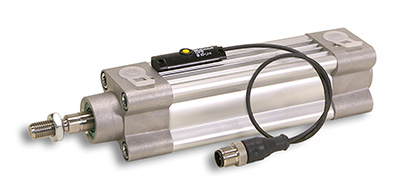
The latest sensors are designed to mount on cylinders, linear slides and grippers with common T-slot or C-slot dimensions without any extra accessories; a simple adaptor allows mounting them on other cylinder types, such as round body, tie-rod and profile cylinders and those with a dovetail groove. Sensors designed for external mounting on the cylinder body in this way have no complex integration requirements and require no drilling of the piston rod itself. This design also supports fast and easy sensor maintenance or replacement.
Application benefits
One of the most significant advantages of continuous position sensing is the ability to monitor quality and provide process control and support optimization. This ability is particularly beneficial in tensioning applications, such as paper or film processing, where quality, repeatability and speed are essential to maintaining profitability. In these applications, the ability to read data remotely from position sensors allows detecting and acting on process deviations quickly, maintaining processes at an optimal level and supporting predictive maintenance strategies.
Continuous position sensing can benefit many other types of applications, including machine building, small component assembly, material handling, consumer packaging, and even renewable energy industry tasks, such as controlling the position of solar panels as they track the sun. With the right vibration, shock, moisture, chemical and water ingress resistance, continuous position sensing is adaptable for use in challenging environments reliably over extended periods.
Two-way data flow
One-way monitoring of sensor data via traditional discrete or analog signals has long been used to monitor automated processes remotely. But implementing Industry 4.0 strategies requires two-way communications, which demands a connection to a network such as Profinet or IO-Link. Regarding CPS implementation with pneumatics, it would include not only monitoring but automatic configuration at startup and during maintenance replacement as well.
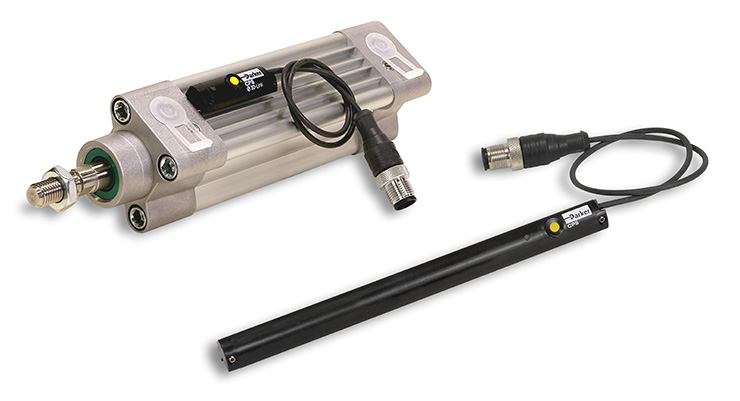
The smart factory concept has begun evolving from a reactive to a proactive mode of maintenance. If smart sensors can tell the end user what is wrong before failure occurs, maintenance personnel will have the insight they need to schedule repairs in a timely way and avoid downtime. In many cases, early sensor notification of emerging problems allows system operators to investigate, consider, plan and schedule the required corrective maintenance for a time of low production throughput or when it’s possible to pause production temporarily. Depending on the complexity of the repair, this could be as soon as overnight or scheduled as part a regular plant maintenance shutdown.
Significant amounts of sensor data are required before a smart manufacturing plant can implement a predictive maintenance approach; ideally, that data requires collection in real time. Also, production line versatility, which is a major advantage of smart manufacturing for companies making a variety of products, demands massive amounts of data for decision support and adjusting and rebalancing lines. In both cases, being vendor agnostic is key because it frees users to deploy and combine the most appropriate system components for their particular processes.
Leveraging IO-Link
Choosing the right protocol to connect sensors with controllers and actuators is crucial to success in implementing Industry 4.0 manufacturing strategies. IO-Link, a relatively new open communications protocol, offers an optimal solution by supporting two-way communications to receive data and then download a parameter to the device/actuator. This solution allows for adjusting processes remotely.
Siemens introduced IO-Link in 2008. IO-Link was the first IO technology for sensor and actuator communication adopted as an international standard (IEC 61131-9). That means devices can be integrated in the same way in all commonly used Fieldbus systems and automation systems, right up to the Enterprise Resource Planning (ERP) level. However, it’s important to remember that IO-Link is not a Fieldbus; it simply supports point-to-point communication between field devices and the automation system. Although integrating a Fieldbus interface down to the lowest field-level device can be expensive, IO-Link is a simple, far less costly system.
Other advantages of IO-Link include the automatic detection and parameterization of the IO-Link device, changes on the fly, device monitoring and diagnostics, and reduced spare part costs.
In the end, unlocking the power of smart sensors depends on making diagnostic information far more accessible. IO-Link supports cyclic data exchange capabilities so programmers can readily send the information right where it is required, whether that’s an HMI screen, a signal light or a maintenance request. If sensor or actuator parameters must be changed or calibrated, this can be done remotely, even while the production line is still running, minimizing shutdowns, stoppages and unnecessary costs.
Parker Hannifin
www.parker.com

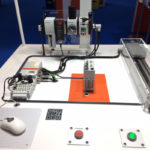
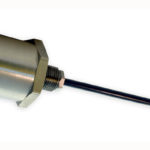
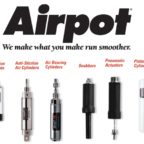
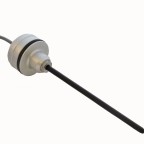

Leave a Reply